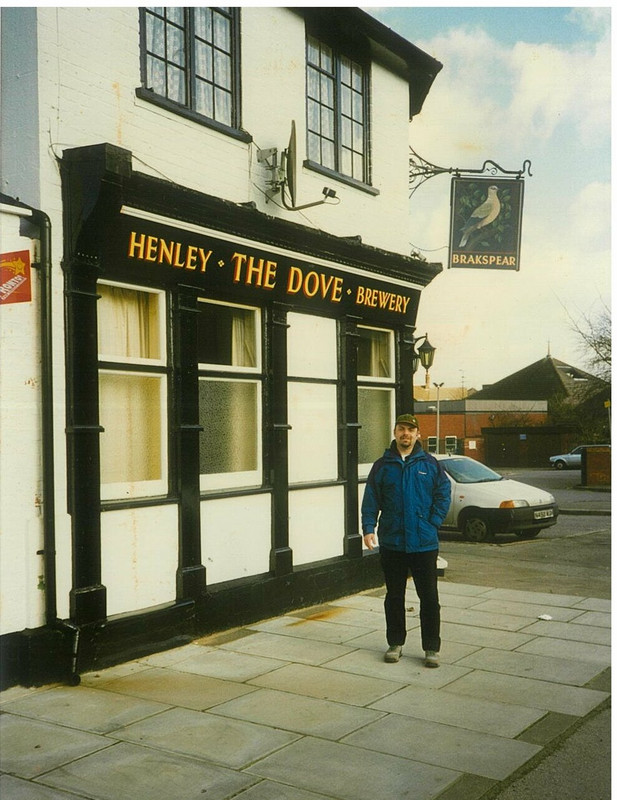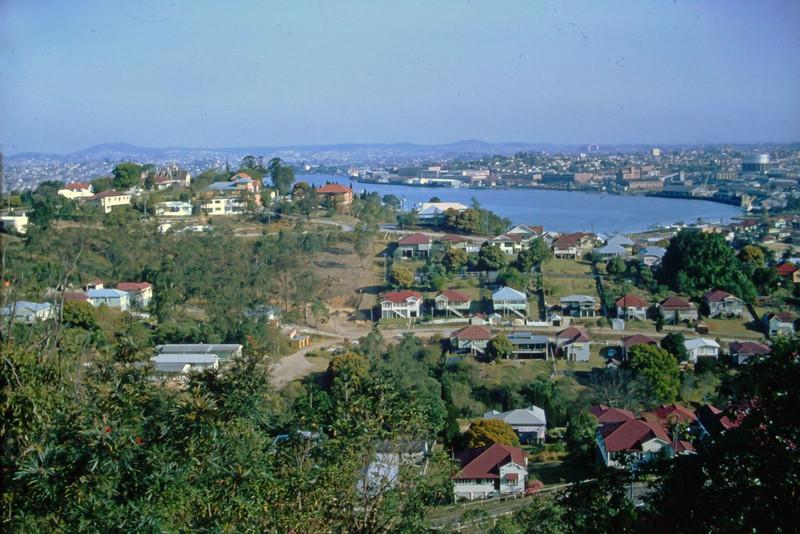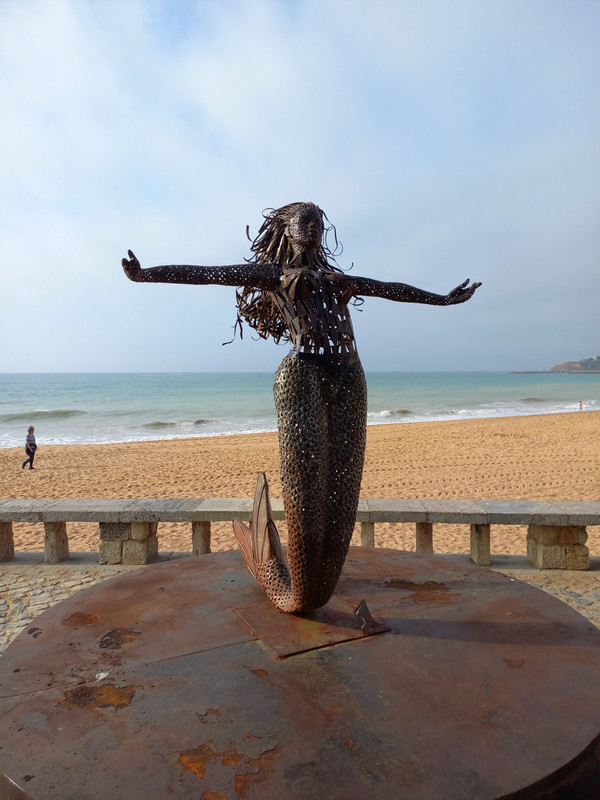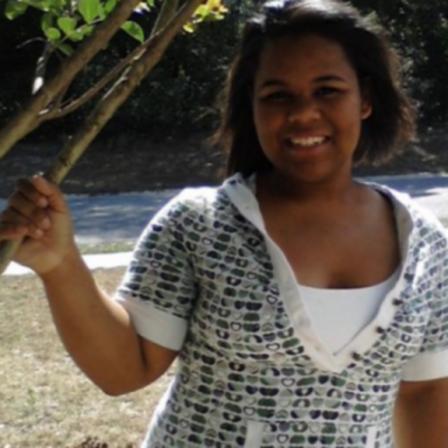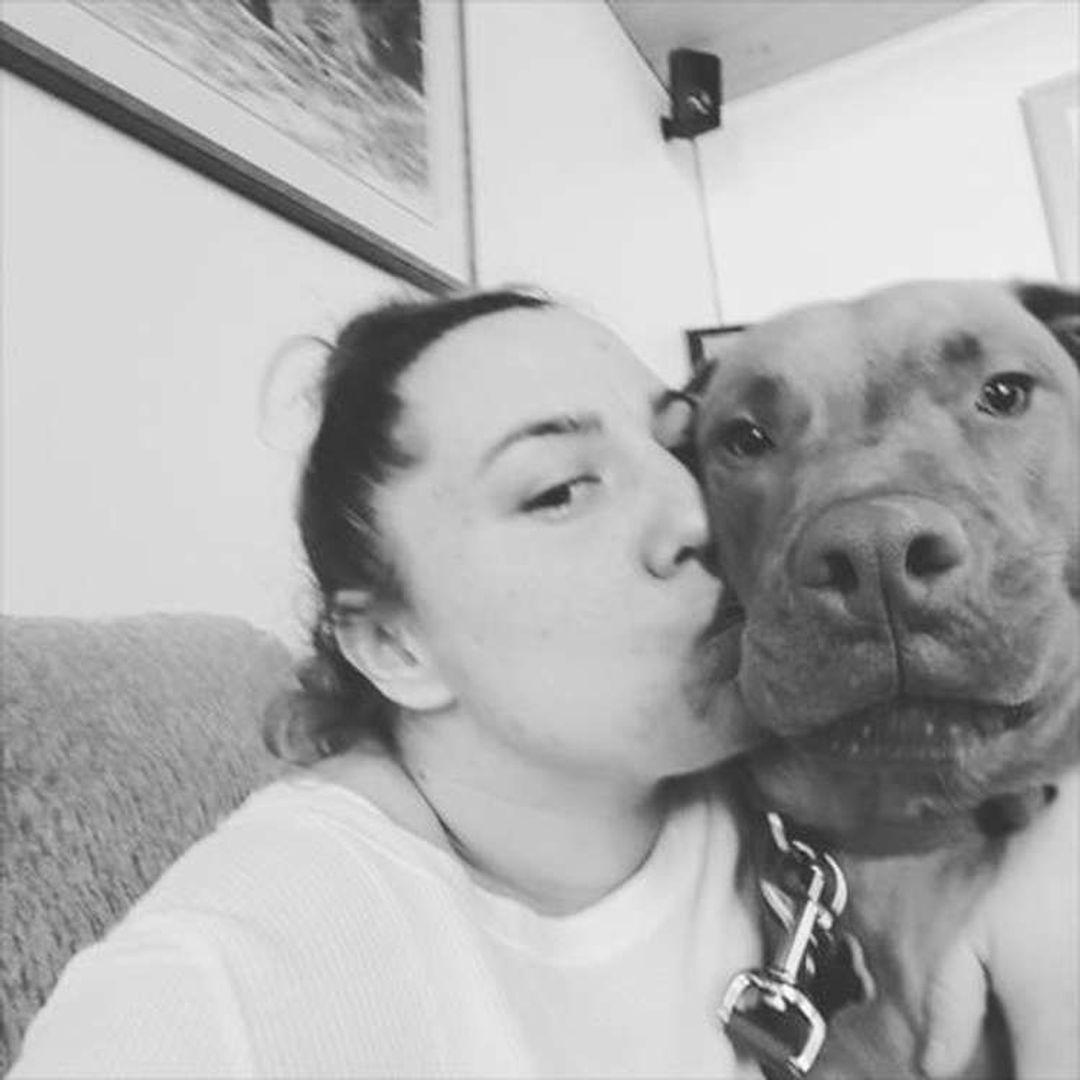Ive just posted a list of my favourite English beers – draught bitters – on Facebook. Here is the post:
I went overseas in 1985. The best beers - by which I mean draught bitters - I drank in England up to 1985 were (in no particular order, although Bathams is my favourite): Bathams, Holdens, Doris Pardoes, Simpkiss (all from the West Midlands); Gales HSB, Fullers London Pride, Youngs, King and Barnes, Courage Reading (all from the South of England); Felinfoel Double Dragon, Brains, Buckleys, Penrhos (all from Wales); Hardy and Hansons (from Nottingham); Timothy Taylors Landlord Bitter (which, alas, I only drank at beer festivals). Sadly, a few of these breweries have long since perished: Simpkiss, Courage Reading, Gales, Buckleys, Hardy and Hansons.
I havent mentioned two beers, Brakspears and Morlands, which in the Reading area until the breweries were taken over. I would now like to reflect on them, especially Morlands.
The reason I havent listed Morlands and Brakspears in my list is simple: they were fine beers but not THAT fine. They lacked the scrumptious taste of, say, Fullers London Pride or Gales HSB or my favourite, Bathams. Many people
would disagree with me; for example, my friend, Tony Blakeley, thinks that Brakspears bitter was superb.
In my judgment of Brakspears, Ive had to separate the pubs from the actual beer. The ambience of some of those old Brakspear country pubs was magical. I used to cycle around where Brakspears was brewed, and the Oxfordshire countryside between Henley and Marlow. The Brakspear pubs I came across in my ramblings were often lovely old traditional buildings, gems of English architecture: The Rose and Crown in Henley town centre, the Crooked Billet in Stoke Row, the Prince Albert in Frieth. The 1975 Good Beer Guide shares my opinion: some of the most unspoilt pubs in the country. I am sure the ambience influenced my opinion of the beer. In judging Brakspears, I have ruthlessly suppressed my memories of those glorious pub buildings and focused solely on the taste of the beer.
The same could be said about Morlands. Some of their country pubs were magnificent structures. One that stands out in my memory is The Plough in Waltham St. Lawrence to the east of Reading. It is listed in the 1975 CAMRA Good Beer Guide, which I still possess,
as a fine old pub with cheerful open fire and good furniture. It served Morlands best bitter on gravity. I remember the rich hoppy taste of that beer, the finest Morlands I ever drank. However, again the ambience of that country pub probably had something to do with my taste experience. When I recall the Morlands bitter I used to drink at The Plasterers Arms – a quite ordinary pub in Cemetery Junction, Reading – it was definitely not in the same league as my favourites.
I remember Morlands pubs not so much for the beer as for something else: the ceramic plaque often embedded in the brickwork or stonework outside. Ive just posted on Facebook several examples of these plaques together with the following description:
Morlands ceramic plaque – embedded into the walls of their pubs – has to be my favourite example of pub livery. It depicts depicts an artist - either Robert or George Morland - with his palette, eyeing a glass of beer, with the implication that brewing is an art in itself and that Morlands beer is a work of art. Although Morlands was taken over by Greene King in 2000, these lovely old plaques still grace the walls of many old Morlands pubs.
As I say, Ive never seen a more beautiful pub plaque. Stuck on the wall, in front of my writing desk in Ho Chi Minh City, is a photograph of one. A lovely picture that reminds me of the 1970s, when I used to cycle down the country lanes from pub to pub. The plaque is from a pub somewhere in Reading, but I have forgotten which.
